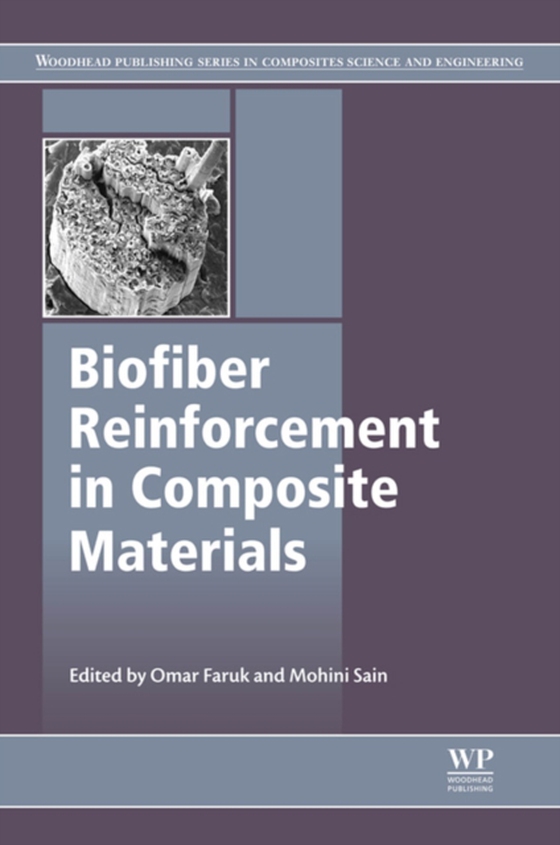
Biofiber Reinforcements in Composite Materials e-bog
2190,77 DKK
(inkl. moms 2738,46 DKK)
Natural fiber-reinforced composites have the potential to replace synthetic composites, leading to less expensive, stronger and more environmentally-friendly materials. This book provides a detailed review on how a broad range of biofibers can be used as reinforcements in composites and assesses their overall performance. The book is divided into five major parts according to the origins of the...
E-bog
2190,77 DKK
Forlag
Woodhead Publishing
Udgivet
25 september 2014
Længde
772 sider
Genrer
TDPF
Sprog
English
Format
epub
Beskyttelse
LCP
ISBN
9781782421276
Natural fiber-reinforced composites have the potential to replace synthetic composites, leading to less expensive, stronger and more environmentally-friendly materials. This book provides a detailed review on how a broad range of biofibers can be used as reinforcements in composites and assesses their overall performance. The book is divided into five major parts according to the origins of the different biofibers. Part I contains chapters on bast fibers, Part II; leaf fibers, Part III; seed fibers, Part IV; grass, reed and cane fibers, and finally Part V covers wood, cellulosic and other fibers including cellulosic nanofibers. Each chapter reviews a specific type of biofiber providing detailed information on the sources of each fiber, their cultivation, how to process and prepare them, and how to integrate them into composite materials. The chapters outline current and potential applications for each fiber and discuss their main strengths and weaknesses. The book is divided into five major parts according to the origins of the different biofibers - bast, leaf, seed; grass, reed and cane fibers, and finally wood, cellulosic and other fibers including cellulosic nanofibers. This book provides a detailed review on how a broad range of biofibers can be used as reinforcements in composites and assesses their overall performance The chapters outline current and potential applications for each fiber and discuss their main strengths and weaknesses
 Dansk
Dansk

